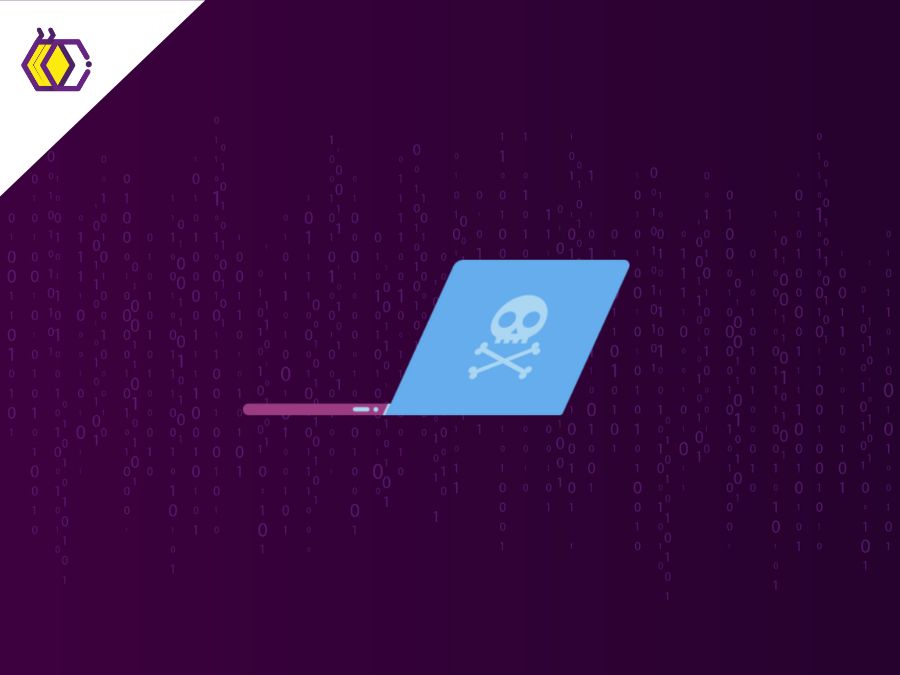
Django
(7 minutes of reading time) Have you ever thought about how Django works? Django is a free and open-source web framework written in Python. It is designed for rapid development of complex database-based websites. The framework is quite popular among developers because of its simplicity and easy-to-learn syntax. This framework was created by designer and developer Adrian Holovaty. The core principle behind Django is to quickly build a website– with minimal coding required. The most important part of the process is building the templates that are used to render HTML pages on the browser screen. It is worth highlighting that it provides a set of tools for creating the components of a website, such as the user interface and the database access layer. HOW DO DJANGO AND ITS ARCHITECTURE WORK? As mentioned earlier, Django is a web application framework written in Python. It follows the Model View Controller (MVC) architectural pattern, which splits data from the presentation layer to make it easier for developers to work with databases and code and offers many built-in functionalities for rapid development. The MVC design pattern divides an application's logic into three main components: models, database, and views. This allows developers to build applications that are easier to maintain, testable, and scalable. The framework was originally designed as an alternative to other frameworks, such as Ruby on Rails, which was built with more complex languages than Python, and have more complex configurations. There are currently many recorded use cases of Django in building websites, creating APIs, and managing data. When talking about Django, it's important to keep in mind that this framework has been one of the most popular for years, and it continues to grow in popularity due to its simplicity and stability. THE MAIN FEATURES OF DJANGO As we mentioned above, the framework follows the MVC architectural pattern and is written in a way that makes it easy to create complex applications. Therefore, it fits as an excellent choice for anyone looking for a framework that has all the features and functionalities needed to build web applications. Django is built on top of Python, which means it has access to all the libraries, modules, and frameworks you can find in Python. It also provides an easy-to-use administrative interface so you can manage your data without any programming knowledge. Below, we list some of Django's main features and functionalities. Check out the list and learn more about each one. OBJECT-RELATIONAL MAPPING (ORM) Django relies on Object-Relational Mapping (ORM) to interact with the database. ORM is a programming technique that allows programmers to work with data in relational tables as if it were a list of objects. The Django framework relies on this mapping, and the object-oriented part of the framework is then responsible for providing an API for interacting with the database. The ORM provides a way for programmers to access database data without writing SQL queries. This saves time and reduces the chances of human error. Mapping also makes it easier for programmers to change databases because they simply can change the table name in their models without worrying about other changes that might be needed. CACHE SYSTEM THAT INTEGRATES WITH MEMCACHED Django has a caching system that integrates with memcached. Memcached is a distributed memory caching system that can be used to accelerate web applications by reducing the load on the database. This cache system stores data in memory and automatically stores it on disk when it exceeds its memory limit. Cached data can be queried from disk instead of the network, which reduces the load on the database server. The Django team recommends enabling caching if you have a high volume of traffic, and your site doesn't need to be changed often. A POWERFUL TEMPLATE SYSTEM Django's templating language is a powerful feature, as it allows the use of Python expressions within models. The template language is also easy to use because it has a familiar syntax that resembles that of HTML. The template system in Django makes it possible to separate logic from presentation, which makes it easy to maintain and update templates. This separation also allows for greater code reuse as there can be many different models with different styles but the same underlying logic. WHAT ARE THE BENEFITS OF USING DJANGO? As we've already explained, Django is a high-level Python web framework designed for fast development and clean design. It follows the MVC standard and includes an integrated development server so you can create dynamic websites quickly. The benefits of using Django are many. One of the most important is that since it is a high-level framework, you can code faster than with other frameworks such as Ruby on Rails. As Django also follows the MVC pattern, it helps keep your code organized and clean, which is essential for a programmer. And since it has an integrated development server, you can test your site as you build. In addition, we can also point out that Django is easy to use and has many features for developers to explore. It also has a very large community, so you will have no problem finding help when you need it. Django also has many features such as authentication systems, caching mechanisms and template languages that make it more efficient than other frameworks. It also has a very user-friendly interface that makes it easy to use even for beginners. This framework also has an extensive library of reusable code that can be used to quickly build applications. It is also worth highlight that its language is easy to learn and debug, which makes it easier for developers to work on the project. Do you like our content? So, follow us on social media to stay on top of innovation and read our blog. Reference: https://bit.ly/3E4JlE9 https://bit.ly/377Kj6H https://bit.ly/3LPNnD4
Share this article on your social networks:
Rate this article:
Other articles you might be interested in reading
- All (185)
- Career (38)
- Competitions (6)
- Design (7)
- Development (112)
- Diversity and Inclusion (3)
- Events (3)
- History (15)
- Industries (6)
- Innovation (38)
- Leadership (8)
- Projects (23)
- Well being (18)

Cloud Computing and Digital Transformation and Social Impact
(5 minutes of reading)
In recent years, we have witnessed a quiet revolution that is fundamentally reshaping the way we live and work. At the center of this transformation is cloud computing, a technological innovation that transcends physical limits and opens up new horizons of possibilities. This text will talk about this subject that is transforming the IT area. Come read!...

Tech in Education
(9 minutes of reading)
In the contemporary educational landscape, technology plays an increasingly crucial role, revolutionizing not only the way students learn, but also how educators teach. As we adapt to a digitally connected world, new trends are emerging that promise to further transform the way education is designed and delivered. Come read this text to learn about the latest trends in educational technology and explore their impact on student development and the evolution of teaching. Come with us!...

Ethical Software Development
(5 minutes of reading)
Developing software is a complex activity that goes far beyond simple coding. It involves a meticulous process of planning, design, implementation, testing and maintenance to create reliable, efficient, and secure systems. However, in addition to seeking functionality and performance, developers must also carefully consider the ethical aspects of the software they are creating. In this text we will talk about ethics and responsibility when developing software. Come read!...

Balance Between Professional and Personal Growth
(6 minutes of reading)
In a world driven by the constant search for professional success, we often find ourselves immersed in our careers, forgetting the fundamental balance between professional and personal growth. As we dedicate hours to coding, solving problems, and advancing our technical skills, it's essential to remember that our journey as human beings go beyond the lines of code. Come read our text and see super cool tips on how to achieve this balance!...

How to Highlight Programming Competition Awards on your CV
(6 minutes of reading)
In a field as dynamic as software development, it is crucial to stand out from the crowd. An exceptional way to do this is through recognition and awards won in competitive programming competitions. In addition to demonstrating your superior technical skills, these awards attest to your ability to solve complex problems, collaborate as a team, and deliver exceptional results under pressure. Today we will talk about the curriculum and competitions, are you interested? Come with us!...

Open Source and Collaboration
(5 minutes of reading)
If you're ready to start exploring the world of open source, be aware that you will encounter many learning opportunities and challenges. Collaboration is at the heart of this environment, driving innovation and influencing the direction of technology. Come read our text to find out more about this subject!...

 Innovation
Innovation 

